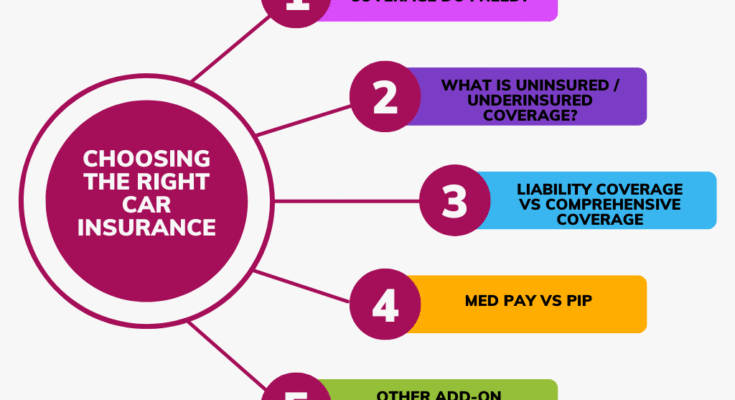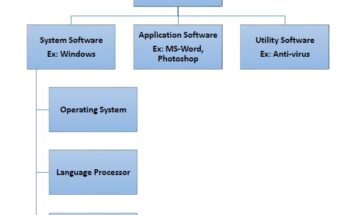Understanding Car Insurance: Everything You Need to Know
Car insurance is more than just a legal requirement—it’s a financial safety net that protects drivers, passengers, and their vehicles from the unexpected. Whether it’s a minor fender bender or a major accident, having the right car insurance policy can make a significant difference in how you recover from an incident on the road. In this article, we’ll explore what car insurance is, the different types of coverage available, factors that influence your premium, and how to choose the right policy for your needs.
What is Car Insurance?
Car insurance is a contract between a vehicle owner and an insurance company that provides financial protection against losses resulting from traffic accidents and other vehicle-related incidents. In exchange for paying a regular premium, the insurance company agrees to cover certain costs as outlined in the policy. These costs may include vehicle repairs, medical expenses, legal fees, and even compensation for third-party damages.
Why is Car Insurance Important?
- Legal Requirement: In most countries and states, it is mandatory to have at least a basic level of car insurance, typically liability coverage. Driving without insurance can result in fines, license suspension, and even imprisonment in some cases.
- Financial Protection: Accidents can lead to costly repairs and medical bills. Without insurance, you would have to pay these expenses out of pocket, which can be financially devastating.
- Peace of Mind: Knowing that you’re protected in case of an accident gives you confidence while driving. It allows you to focus on the road rather than worry about potential financial setbacks.
- Protection Against Uninsured Drivers: Some policies offer protection if you’re hit by a driver who doesn’t have insurance or doesn’t have enough coverage to pay for the damages.
Types of Car Insurance Coverage
There are several types of car insurance coverage. Depending on your needs and local regulations, you might require one or more of the following:
- Liability Insurance: This is usually the minimum required by law. It covers bodily injury and property damage that you cause to others in an accident.
- Collision Coverage: Pays for damage to your vehicle resulting from a collision with another vehicle or object, regardless of who is at fault.
- Comprehensive Coverage: Covers damages to your car that are not caused by a collision—such as theft, vandalism, fire, or natural disasters.
- Personal Injury Protection (PIP): Also known as no-fault insurance, this covers medical expenses for you and your passengers, regardless of who is at fault.
- Uninsured/Underinsured Motorist Coverage: Protects you if you’re involved in an accident with a driver who has little or no insurance.
- Gap Insurance: Useful for new cars, it covers the difference between what you owe on your car loan and the car’s current value if it gets totaled.
- Roadside Assistance: Offers help for common issues like towing, battery jumpstarts, flat tires, and lockouts.
Factors That Affect Car Insurance Premiums
Several variables influence how much you pay for car insurance. Understanding these can help you make informed decisions and potentially lower your premiums.
- Driving History: A clean driving record typically leads to lower premiums. Accidents, tickets, and DUIs can increase your rates.
- Vehicle Type: The make, model, and age of your vehicle affect your insurance cost. Luxury cars and sports cars are more expensive to insure.
- Location: Urban areas with higher traffic and crime rates tend to have higher premiums than rural areas.
- Age and Gender: Younger drivers, especially males, usually pay more due to higher accident statistics.
- Credit Score: In some places, insurers use your credit score to determine your premium. A higher score may lower your rate.
- Coverage Amounts: More extensive coverage with lower deductibles costs more but offers greater protection.
- Mileage: The more you drive, the higher the risk of an accident, which can increase your premium.
How to Choose the Right Car Insurance Policy
Choosing the right policy involves balancing coverage needs with affordability. Here are some steps to guide your decision:
- Assess Your Needs: Consider the value of your car, how often you drive, and whether you have a loan or lease that requires specific coverage.
- Compare Quotes: Use online comparison tools or consult multiple insurers to get a range of quotes and coverage options.
- Check Insurer Reputation: Look for reviews and ratings regarding customer service, claim handling, and reliability.
- Understand the Terms: Carefully read the policy details, including exclusions, deductibles, and claim procedures.
- Ask Questions: Don’t hesitate to clarify any confusing terms with the insurer or agent.
- Bundle Policies: Consider bundling your auto insurance with other policies like home or renters insurance for potential discounts.
Tips for Saving Money on Car Insurance
- Increase Your Deductible: A higher deductible can lower your premium, but make sure you can afford it in case of a claim.
- Maintain a Clean Driving Record: Avoid tickets and accidents to qualify for safe driver discounts.
- Use Discounts: Many insurers offer discounts for good students, low mileage, anti-theft devices, and more.
- Drive Less: If you reduce your mileage, you might qualify for a low-mileage discount.
- Take a Defensive Driving Course: Some companies offer discounts if you complete an approved course.
- Review Your Policy Annually: As your car ages or your driving habits change, you may need less coverage or find better rates.
- Avoid Lapses in Coverage: Maintaining continuous insurance can help you avoid higher premiums due to gaps in coverage.
Conclusion
Car insurance is a crucial component of responsible vehicle ownership. It not only fulfills legal requirements but also provides financial protection and peace of mind. Understanding the different types of coverage, what affects your premium, and how to choose the right policy empowers you to make informed decisions. With careful planning and a bit of research, you can find a policy that offers solid protection without breaking the bank.
Whether you’re a new driver or an experienced one looking to reevaluate your policy, taking the time to understand car insurance can save you money and stress in the long run.



